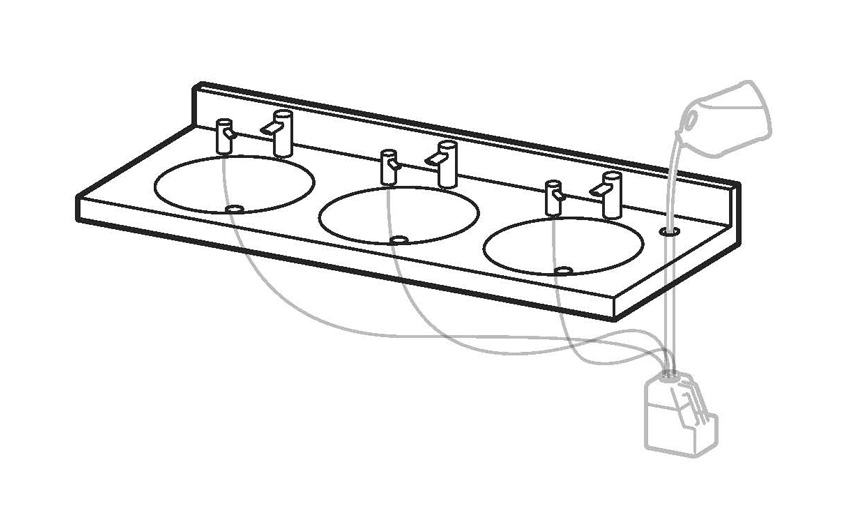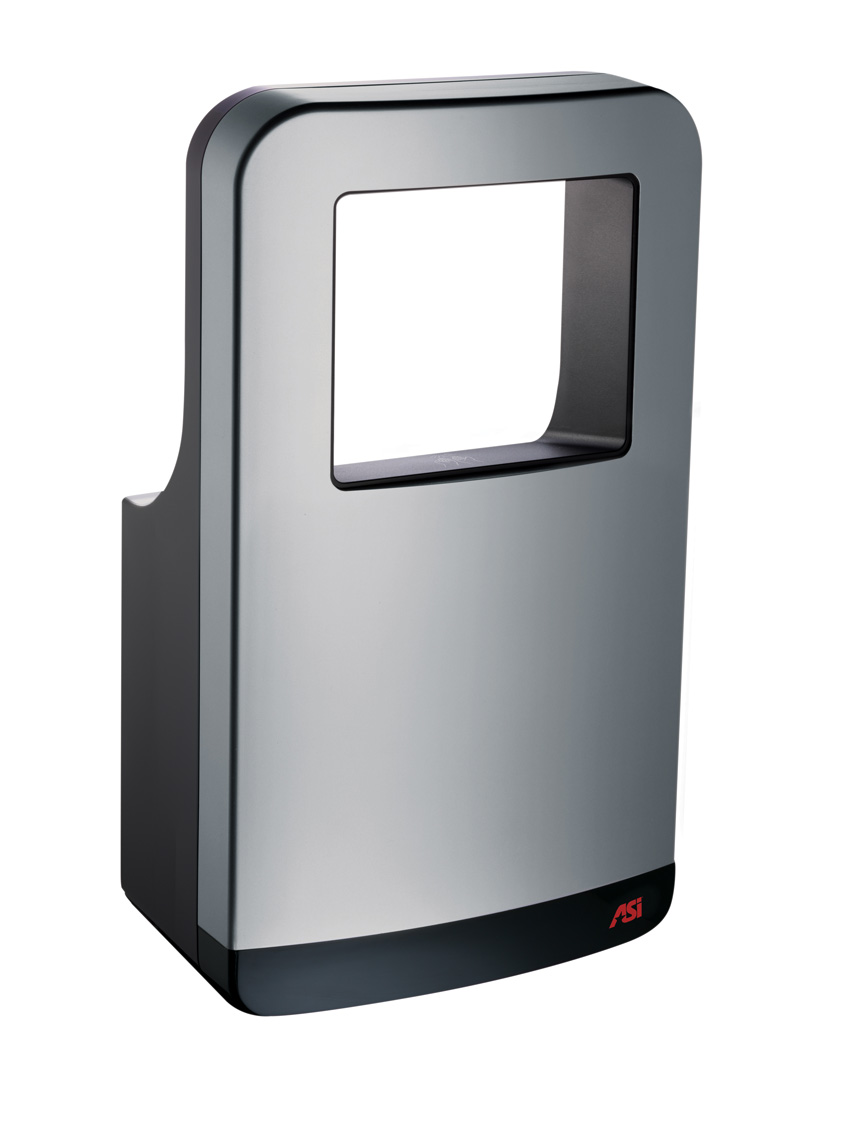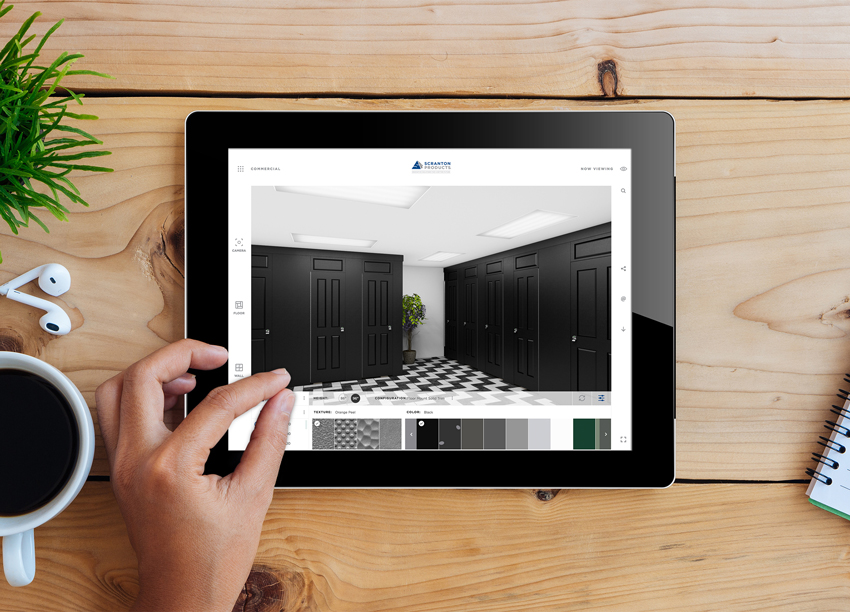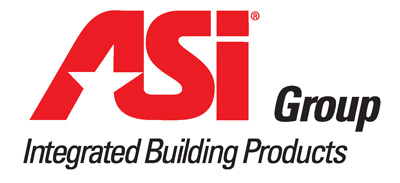The Renaissance of the Restroom
Stadium Bathrooms
Designers of the modern-day stadium are being challenged to push the envelope to create an experience that is so enthralling people will forego the comfort and ultra-high definition (UHD) views from their couch and spend hard-earned cash to watch the game from the cheap seats, snacking on concession stand fare and drinking $12 fountain soda.
The billion-dollar, state-of-the-art stadiums are incorporating all sorts of creature features and functionalities to up the wow factor, such as huge jumbotrons, more comfortable seating, USB ports in every armrest, and more. The Mercedes-Benz Stadium features the world’s largest, five-story-tall, 360-degree HD video halo board and improved Wi-Fi for better in-stadium connections. The 10,000-square-foot Viking Voyage space at U.S. Bank Stadium puts fans of all ages on the virtual field. EverBank Field, home to the Jacksonville Jaguars, offers two wading pools in the north end zone. Fans at Levi’s Stadium can use a mobile app to order food and drinks that will be delivered to their seat.
While the glitz and glam features designed to wow the fans may garner the most press, there are many basic functions that must be performed at a stadium, and even those must now be executed with an elevated level of comfort and convenience. For example, the Mercedes-Benz Stadium now offers a re-engineered gate entry experience, which ensures fans will get into the building in five minutes or less. Restrooms are another area that must be designed to support the basic needs of every fan in a way that rivals, or improves, the experience available at home.
The Private Bathroom Experience in a Public Restroom
Privacy and an ample supply of soap and towels that enable a person to use the restroom, wash and dry their hands quickly, and swiftly return to the action of the game—this experience may describe how a person at home would characterize the benefit of having access to their own personal bathroom facilities while cheering on their favorite team. It is the standard that modern-day stadiums must meet in this space and, with the partitions and restroom accessories now available, it is entirely possible.
No Sightlines
The cornerstone of a private restroom experience is a stall that does not offer clear views into the occupied compartment. This can be provided in a public restroom with the selection of a partition system that is designed to eliminate those irksome sightlines. Different partition materials lend themselves to different privacy-enhancing systems.Partitions made of phenolic and solid plastic materials can feature door panels that are routed on both sides: the side that locks and the side that hinges. The adjacent pilasters have reverse routing so that the edges of the door panel will overlap with the edges of the pilasters, eliminating sightlines. When the door is closed, the door panel and pilasters will lie in the same plane, adding elegance to the solution. Stainless-steel and powder-coated steel partitions often eliminate sightlines by using a continuous strike keeper on the locking side of the door panel and a hinge-side filler on the hinged side of the door.
Beyond a zero-sightline solution, privacy in the compartment can be enhanced by selecting taller partitions. Doors and side panels can be specified in heights of 72 and 76 inches. These panels can sit lower to the floor and create stalls that are more difficult to see under or over.
Ensure Soap and Paper Towels are Available During Peak Times
Equipping a stadium restroom to handle the soap and paper towel demands of busy peak-time rushes relies entirely upon choosing appropriate restroom accessories. High-capacity paper towel dispensers offer the best solution for meeting the paper towel needs of the masses during these high-demand times. A recent development in soap dispensers now offers the design community a soap-dispensing solution that will keep the soap dispensers at even the most popular sinks reliably dispensing soap to their users.

Image courtesy of ASI Group
The multi-feed soap dispenser features a high-capacity central reservoir that holds up to 5 liters of liquid or foam soap, which is automatically supplied to up to six separate soap dispensers.
The multi-feed soap dispenser features a high-capacity central reservoir that holds up to 5 liters of liquid or foam soap, which is automatically supplied to up to six separate soap dispensers. This common well and multi-feed structure enables the more popular soap dispensers access to enough soap to meet the needs of the higher number of users it services. The multi-feed soap dispenser also streamlines the refilling process, saving maintenance personnel precious time and effort by allowing them to pour soap into one larger top-fill reservoir instead of refilling several smaller dispensers that must be accessed from below the sink.
Provide High-Speed and Hygienic Hand Dryers
Advancements in hand dryers also improve the occupant experience in the stadium restroom. Increased drying speeds enable people to dry their hands quicker than ever. In addition to faster drying, some hand dryers now offer more hygienic air. Look for devices with a triple filter that will cleanse the air before using it to dry hands. The triple filter features three layers: a HEPA filter that captures airborne particles, activated charcoal combats odor, and an antimicrobial layer that eliminates 99 percent of bacteria. High-speed dryers can be louder so choosing dryers with lower decibel levels is highly recommended in scenarios where multiple dryers will be activated simultaneously.

Image courtesy of ASI Group
Some hand dryers now feature a triple filter that will cleanse the air before using it to dry hands.
Digital Tools for Designing the Modern Partition System
The modern partition system now offers an unparalleled number of options that designers may use to create a restroom space that provides a private, comfortable experience in the compartment and complements the aesthetic themes found throughout the more public spaces of the building. With the vast improvements that have been made in the partition solution, recycling a master specification that leaves sightlines looking into and out of the stall and offers a bland, cookie-cutter aesthetic no longer makes sense for any type of project.
However, throwing out the master specification doesn’t mean that designers must spend an extraordinary amount of time creating new specifications for the restroom space. As the various components of a restroom have evolved, so have the tools available to support the design efforts of the team. Now, digital tools enable designers to explore the look and feel of the various partition colors, textures, and panel types available from a tablet or laptop. There are hundreds of combinations that can be viewed and quickly modified. Designers can easily see how the different colors and textures impact the space and compare the look of different panel designs, in different colors as well. Once a preferred partition system has been created, the software then streamlines the specification process by providing the spec language necessary to create the partition system as shown.
New panel heights, colors, trim options, transom panels, door panel designs, side panel designs, pilasters, and special privacy-enhancing features, such as the continuous edge-mounted hinge or shiplap door panel edges that prevent sightlines from existing on either side of the door, are now all part of the modern restroom specification.
New Partition Colors and Textures
Partition systems are now available in an incredible number of colors and textures. While traditional colors such as white, grey, charcoal, and black have been routinely used in this space for years, new collections offer partitions in warm tones, metallic sheens, and bold colors that include burgundy, blueberry, and hunter green options. This expanded palette enables designers to incorporate the broader decor themes found throughout the rest of the building into this private space. The partitions can also feature textures such as rotary brushed, orange peel, hammered, and grip-ex, creating an even more distinct aesthetic in the restroom.

Photo courtesy of Scranton Products®
New software enables designers to quickly view the types of restroom compartments that can be created with new partition colors, panel designs, and trim sizes.
New Door Panel Options
Plain, flat door panels are no longer the de facto door available for the bathroom stall. Now designers can choose from a variety of paneled designs, adding details to the partition system that give the entire space a little more character. These partition doors feature different panel sizes and orientations, creating styles that are recognized as more traditional or more modern, or new, unique patterns that add to the sophistication of the space. Every design heightens the decor available at the restroom door.
New Side-Panel Options
There are also several side-panel design options that can be used to create visual interest inside and outside the toilet compartment. Designers may choose sides that are subtly engraved with two or four panels or inject more personality into the stall with a wainscoting or diamond pattern design.
Trim Options
The trim refers to the top-most border of the partition system, the piece that visually connects the top of the cubicle to the ceiling. The trim piece can be a standard flat panel, feature a beveled edge, or add an additional layer of texture to the partition system with a fluted appearance.
With so many new options available for creating a high-performance, high-privacy partition system with a distinct style, the software that enables designers to quickly view the impact that a color, panel design, or trim size can make on the overall aesthetic of the restroom is a welcome addition to the specification process. The design team can use these digital tools to explore the hundreds of possible combinations and find the solution that best fits the parameters of a project.
In Conclusion
Restrooms can now be designed to better reflect the intention of the building and cater to the unique needs of the users in the space. This renaissance of the restroom space requires the demolition of the master specifications that have been recycled over and over, creating the same restroom across different building types for decades. With the variety of choices that now exist in restroom partitions and the advancements in available restroom accessories, such as high-capacity, multi-feed soap dispensers and ultra-hygienic hand dryers, one thing is certain: restrooms today are no longer the recycled master-spec bathrooms of yesteryear. The restroom has been revived.
Jeanette Fitzgerald Pitts has written dozens of continuing education articles for Architectural Record covering a wide range of products and practices.
Notice

www.americanspecialties.com











